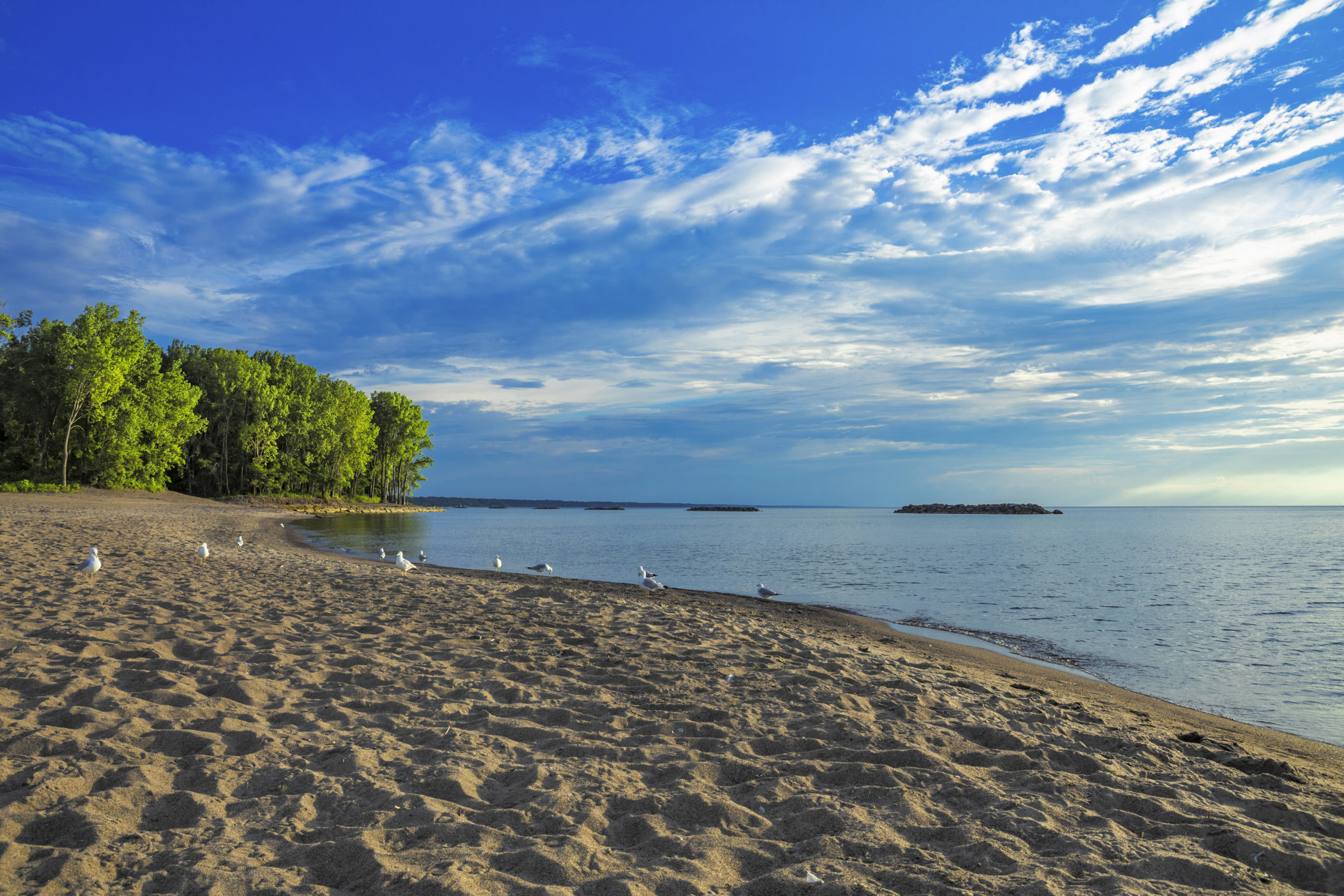First-of-its-kind report on Lake Erie algal blooms released by Great Lakes Business Network
June 29, 2021Business Leaders Continue Call for Line 5 Shutdown After Damning Climate Expert Testimony
September 16, 2021The Great Lakes Business Network (GLBN) has released a first-of-its-kind report addressing Lake Erie algal blooms.
This report highlights stories from businesses along Lake Erie, how harmful algal blooms are impacting their bottom lines and communities, and what can be done by policy makers in Ontario, Ohio and Michigan to address the problem.
The policy recommendations for Lake Erie harmful algal blooms are a part of GLBN’s efforts to advocate for change and tackle urgent environmental threats that harm the Great Lakes and undermine local economies.
The Great Lakes are essential to our local economies and our businesses. Unfortunately, toxic algal blooms continue to hurt local businesses and economies by poisoning drinking water, closing beaches and harming recreation.
The report highlights the need to enforce clear standards to control the excess fertilizer and animal waste from farms which is a key contributor to toxic algal blooms in Lake Erie.
The report highlights key statistics showing the negative impact of algal blooms:
- The 2011 harmful algal bloom cost Ohio $71 million in economic losses, which could happen again without reducing the nutrients that produce blooms.
- In Michigan’s Lake Erie watershed, wildlife recreation creates over 55,000 jobs and adds more than $2.4 billion to the regional economy. Harmful algal blooms put those jobs and economic activity at risk.
- Without reducing the nutrients that produce harmful algal blooms, it is estimated that harmful algal blooms could cost Ontario $272 million over the next 30 years, including a $110 million hit to the tourism industry.
Businesses are recommending practical solutions to reduce harmful algal blooms in Lake Erie because they are the ones paying the price for agri-business’ failure to control their waste and follow best practices. The recommendation includes the collaboration of Ohio, Michigan, and Ontario in meeting their commitments to reducing harmful algal blooms in the western basin of Lake Erie by 40% by 2025.
For Ohio policy makers, GLBN is recommending a three-pronged approach:
- Support the Maumee Watershed Nutrient Total Maximum Daily Load project to document all local nutrient sources and establish nutrient reduction plans that meet established targets.
- Support H2Ohio funding and accountability, including projects to implement agricultural best management practices that include field to stream monitoring to better connect field practices with water quality outcomes.
- Support initiatives that ensure manure is applied only to fields with low soil test levels of phosphorus.
For Michigan policy makers, GLBN is recommending:
- Collaborate with Ohio in the development of the Maumee Watershed Nutrient Total Maximum Daily Load project for the Michigan portion of the Maumee River Basin.
- Strengthen the Michigan Agricultural Environmental Assessment Program with improvements that link practices on the field to water quality outcomes.
- Ensure the state of Michigan is doing all it can to stop animal waste from polluting Michigan waters, including banning all manure application on frozen, snow-covered or saturated ground.
For policy makers in Ontario where remediation is further behind, GLBN is recommending:
- Development and release of the long-overdue work plan that spells out how the Canada-Ontario Action Plan for Lake Erie will meet the 40% reduction target for harmful algal blooms.
- Investment in financial and educational programs that assist Ontario farmers with implementing agricultural best management practices that mitigate nutrient losses and track, monitor and report progress.
Common-sense solutions to reduce harmful algal blooms are needed to protect the economic vitality of the region. A clean Lake Erie is good for business – and the GLBN will continue to push for changes to policies that will reduce threats like harmful algal blooms in Lake Erie.

